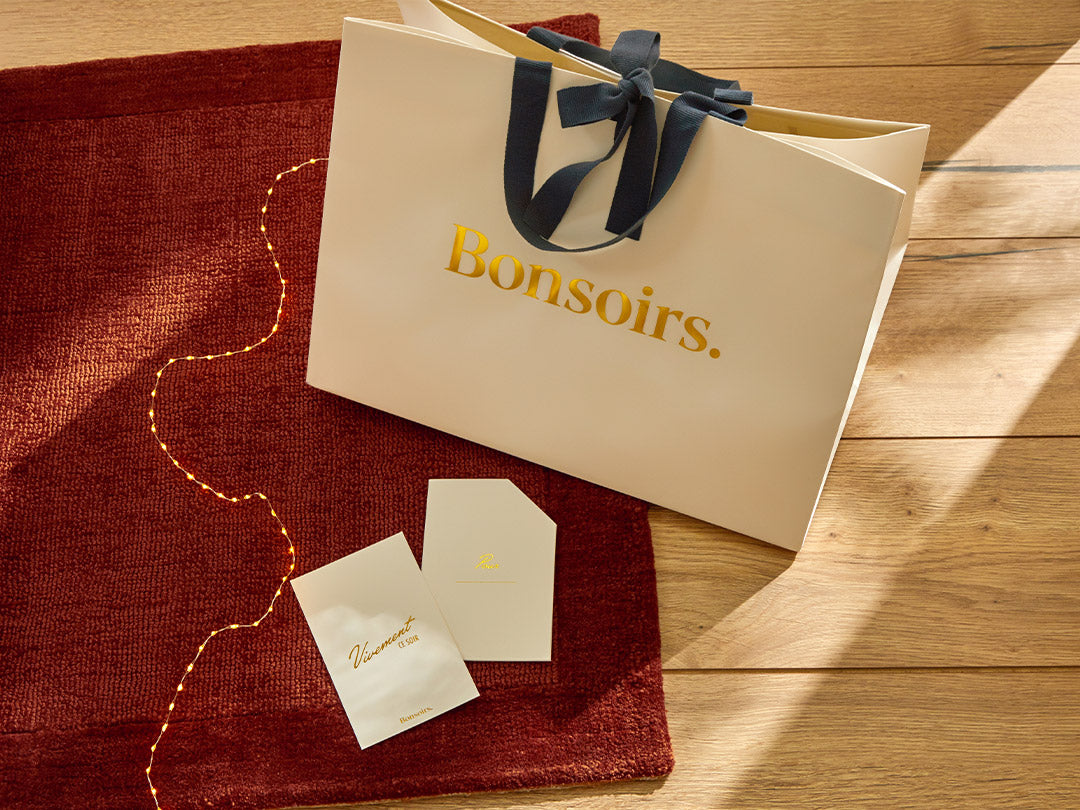There is one thing that everyone must face: the yellowing of pillows and their protections. Bonsoirs therefore thought of showing you some tips for taking care of your bedding and restoring it to its former whiteness.
Clean a pillowcase: by hand or in the machine?
It is the nature of the soiling agent that will help you choose the correct cleaning method.
Machine wash a pillowcase
If your pillowcase is only soiled with dust, you will have no trouble cleaning it. Simply turn on your washing machine and choose the washing mode that suits the nature of the fabric so as not to damage it.
However, you should not mix the colors to avoid them bleeding onto each other. You can also add a softener to Marseille soap to have this bright white effect which will bring your pillowcase and sheets back to life.
It is also possible to machine wash a yellowed cushion, but this does not apply to all pillows. For example, we advise you to avoid the washing machine if the fillings are made from feathers, as it is quite aggressive.
Whiten a pillowcase with bleach
Bleach is very effective at whitening fabrics. It also helps get rid of dust mites and ink stains. However, you must take precautions because it is a fairly powerful chemical agent.
You can carry out manual washing, that is to say, clean your fabric normally with soap, then immerse it in bleach to whiten it. It is not recommended to mix different cleaners together due to unanticipated reactions that could result.
Bleach is a disinfectant that eliminates both viruses and bacteria that colonize pillowcases. For optimal cleaning, there is a grandmother's recipe which consists of boiling water before adding a little Marseille soap and bleach. Once this is done, you will only have to leave your yellowed pillowcases in there for a few hours. The result is spectacular.
If you don't have time for manual washing, you can use your washing machine with the same preparation.
Whiten a Pillowcase with Baking Soda and Vinegar
Washing your yellowed pillow with baking soda and white vinegar is a great way to restore its white color. In addition, these gentle ingredients hardly damage fabrics, whatever their nature. So you can use them as often as you want without worrying about tearing your bedding.
This chemical solution is also used to combat bad odors, especially those caused by sweat. If you are afraid of cleaning your yellowed pillow with white vinegar, you can replace it with natural lemon juice.
In reality, both acids are equal, but citrus is much milder and leaves a fresh smell after drying.
Consider diluting these solutions even more to wash your yellowed feather pillow. The latter being much more fragile and delicate, it is advisable to carry out gentle manual cleaning, as aggressive washing risks damaging it.
You can also use Marseille soap before or after the vinegar and soda crystals. However, the latter are bactericidal and largely sufficient on their own. They even act on dust mites, reduce the risk of allergies and do not damage your cover or cushion with regular washing.
Cleaning a greasy pillowcase
Grease is the element most likely to dirty your pillowcases, or even penetrate your synthetic pillows and leave foul odors. This risk is even greater if you have an oily scalp or if you are bald.
Additionally, grease can be difficult to clean.
The first tip to clean your pillowcase is to wash it in hot or boiling water. This dissolves the lipid particles. You can also use Marseille soap locally on stains. Leave your laundry soaked in this solution for a few hours in the sun to maximize your chances of getting rid of the grease.
For the most stubborn pillowcases, you can use a more powerful detergent, taking precautions, or even dishwashing liquid.
Pillowcases and sweat
Moisture and perspiration are the worst enemies of pillowcases. Luckily, getting rid of sweat stains is pretty easy. However, you must act quickly and not let it become embedded in the textile. Dry cleaning is not recommended. The wetter the fabric, the faster the dirt will escape from it.
Remember to air your bedding every day if possible. You can even use your dryer for this. Although ambient air does not eliminate perspiration, it helps fight against microbial proliferation which causes yellowing of fabrics.
You should also consider moving your laundry days closer together, especially in summer due to temperature and humidity. You will only need to use non-corrosive ingredients to whiten your pillowcase or cushion, such as vinegar and baking soda. You can also alternate between the latter, especially in the case of quite stubborn yellow spots.
Finally, Bonsoirs would like to remind you that good hygiene is the best way to protect your bedding and avoid untimely laundry which risks damaging it.
You will like also…
How to whiten yellowed pillowcases?
Why soak your laundry in white vinegar?



